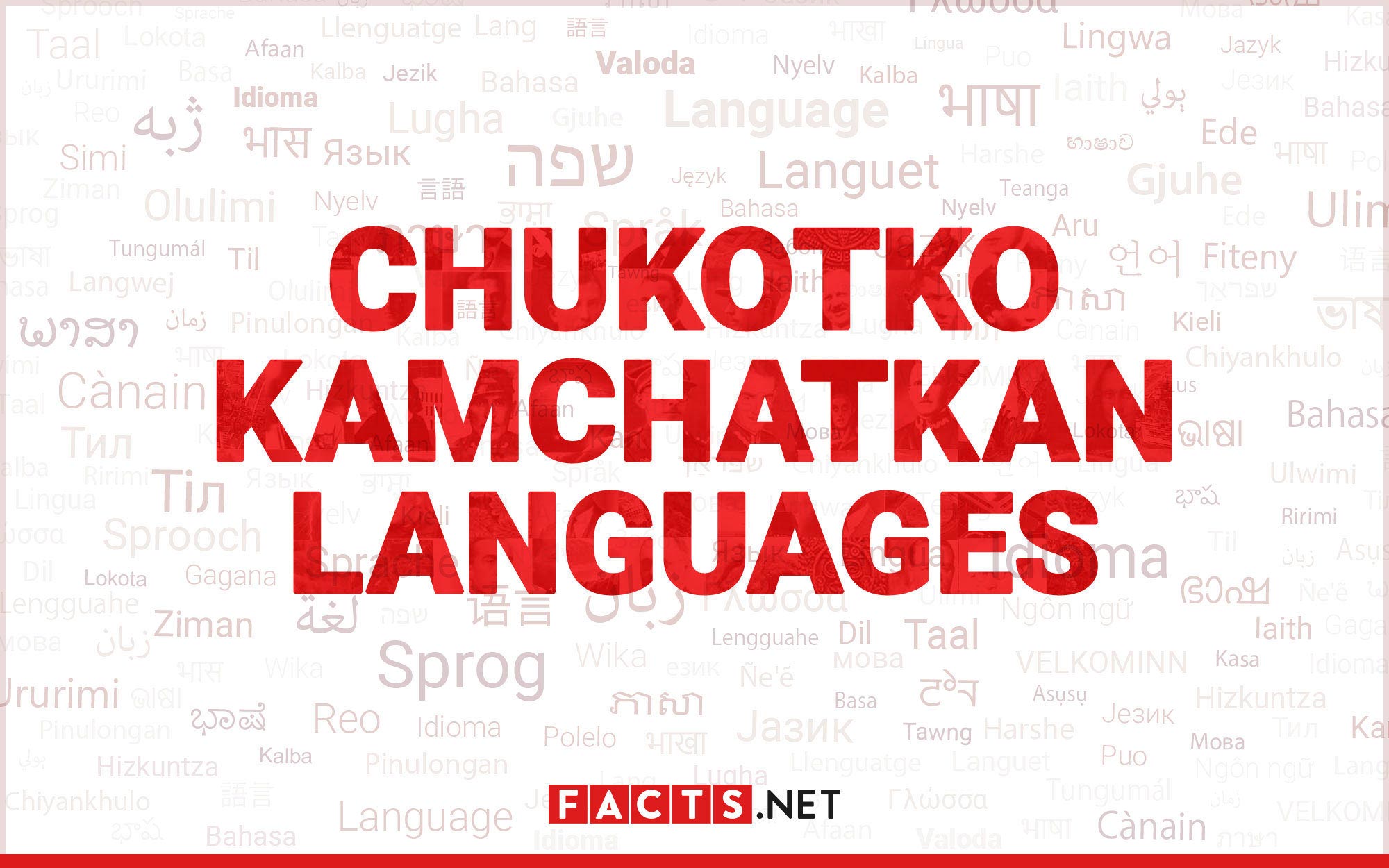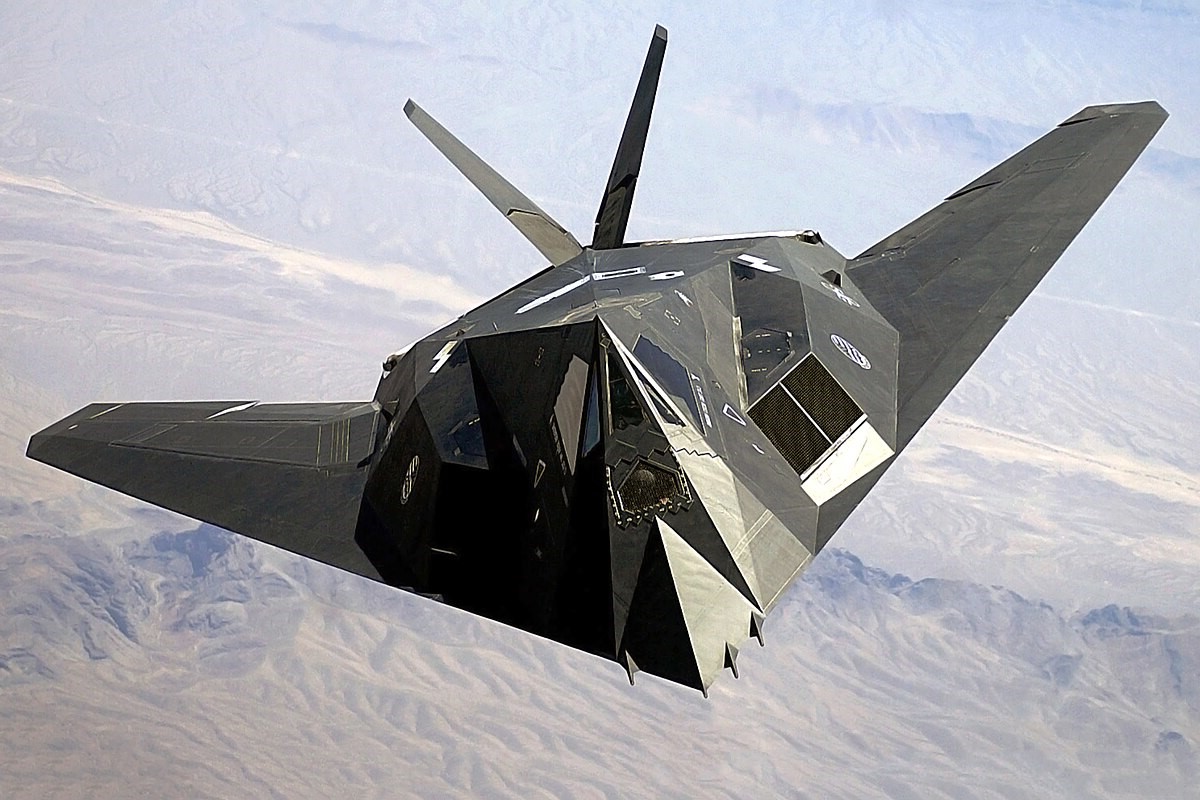
The Chukotko-Kamchatkan languages are a fascinating linguistic family that deserves attention. Originating in the northeastern part of Siberia, these languages are spoken by indigenous communities in Chukotka and Kamchatka. While they may not be as well-known as some other language families, they hold a rich cultural and historical significance.
In this article, we will delve into the extraordinary facts about the Chukotko-Kamchatkan languages. From their unique linguistic features to the survival challenges they face, there is much to explore and appreciate about these languages. So, let’s embark on a linguistic journey and discover the wonders of Chukotko-Kamchatkan languages!
Key Takeaways:
- The Chukotko-Kamchatkan languages are a unique and endangered language family spoken in Siberia, with complex grammar, fascinating sound systems, and a vital role in preserving cultural heritage.
- Efforts are being made to revitalize and protect the Chukotko-Kamchatkan languages, which are not only linguistically fascinating but also crucial for preserving the cultural identity and heritage of the indigenous communities in Siberia.
Chukotko-Kamchatkan is a language family
The Chukotko-Kamchatkan language family is a group of indigenous languages spoken primarily in the Chukotka Peninsula and Kamchatka Peninsula in northeastern Siberia. It is comprised of several distinct languages, including Chukchi, Koryak, and Itelmen.
It is one of the few language families in Siberia that is still in use today
Despite the challenges of modernization and the dominant influence of Russian, the Chukotko-Kamchatkan languages have managed to survive and are still spoken by native speakers in the region. This is a testament to the resilience and cultural significance of these languages.
Chukotko-Kamchatkan languages have complex grammatical structures
The Chukotko-Kamchatkan languages are known for their complex and intricate grammatical systems. They have rich inflectional patterns, extensive case systems, and unique verb conjugation rules. These languages present a fascinating linguistic challenge for researchers and language enthusiasts.
Chukotko-Kamchatkan languages feature polysynthetic word formation
Polysynthetic word formation is a linguistic phenomenon where a single word can express a whole sentence or a complex idea. Chukotko-Kamchatkan languages are notable for their extensive use of affixes to convey grammatical information, resulting in long and intricate words.
Chukotko-Kamchatkan languages have unique sound systems
The phonetic inventory of Chukotko-Kamchatkan languages is characterized by a wide range of consonants and vowels. Some of these languages have distinct phonemes that are not found in other languages, making them linguistically fascinating and unique.
Chukotko-Kamchatkan languages have influenced other neighboring indigenous languages
Due to historical interactions and cultural exchanges, the Chukotko-Kamchatkan languages have had a significant influence on the development of other indigenous languages in the region. This demonstrates the linguistic interconnectedness and the impact of these languages on their surrounding communities.
Chukotko-Kamchatkan languages preserve traditional knowledge and cultural heritage
The Chukotko-Kamchatkan languages play a vital role in preserving and transmitting traditional knowledge, folklore, and cultural practices of the indigenous communities. These languages are intertwined with the identity and cultural heritage of the people who speak them.
Chukotko-Kamchatkan languages are endangered
Despite their cultural and linguistic significance, the Chukotko-Kamchatkan languages face the threat of extinction. The impact of globalization, urbanization, and the dominance of Russian as the official language poses significant challenges to the sustainability of these indigenous languages.
Efforts are being made to revitalize Chukotko-Kamchatkan languages
Recognizing the importance of linguistic diversity and cultural heritage, various organizations, educational institutions, and indigenous communities are working together to revitalize and promote the use of Chukotko-Kamchatkan languages. Language preservation initiatives, language schools, and cultural events contribute to the preservation and revitalization efforts.
Chukotko-Kamchatkan languages are fascinating subjects of linguistic research
Due to their unique grammatical features, distinct sound systems, and cultural significance, Chukotko-Kamchatkan languages have attracted the attention of linguists and researchers worldwide. Studying these languages provides valuable insights into the complexities of human language and cultural diversity.
Chukotko-Kamchatkan languages have influenced Russian vocabulary
Over centuries of coexistence with Russian speakers, Chukotko-Kamchatkan languages have had an impact on the Russian language, resulting in the adoption of certain vocabulary and grammatical structures. This linguistic influence demonstrates the dynamic nature of language contact and its lasting effects.
Chukotko-Kamchatkan languages have unique kinship systems
The kinship systems in Chukotko-Kamchatkan languages are intricate and distinct. They often feature complex terminology and different naming conventions, reflecting the cultural values and social dynamics of the indigenous communities.
Chukotko-Kamchatkan languages are classified as highly endangered by UNESCO
UNESCO recognizes the urgent need to protect and preserve the Chukotko-Kamchatkan languages due to their vulnerable status. These languages are essential components of the world’s linguistic diversity and cultural heritage.
Chukotko-Kamchatkan languages provide insights into the history of human migration
Studying Chukotko-Kamchatkan languages contributes to our understanding of past human migration patterns and the peopling of the Siberian region. Linguistic research helps trace the linguistic connections and ancestral roots of indigenous communities in the area.
Chukotko-Kamchatkan languages are a source of pride and cultural identity
For the speakers of Chukotko-Kamchatkan languages, these languages are not just means of communication; they are integral to their cultural identity and heritage. They represent a connection to their ancestors, traditions, and their distinct place in the world.
Conclusion
In conclusion, the Chukotko-Kamchatkan languages are a fascinating linguistic family with a rich history and unique features. From their complex verbal structure to their distinct sound systems, these languages offer a glimpse into the diversity of human communication. With their small number of speakers and threatened status, efforts must be made to preserve and revitalize these languages for future generations to appreciate and study. The Chukotko-Kamchatkan languages are not only repositories of cultural knowledge but also a testament to the resilience of indigenous communities. By learning more about these extraordinary languages, we can gain a deeper appreciation for the remarkable diversity and beauty of human language.
FAQs
1. How many languages are included in the Chukotko-Kamchatkan language family?
The Chukotko-Kamchatkan language family consists of four languages: Chukchi, Koryak, Itelmen, and Alutor.
2. Where are the Chukotko-Kamchatkan languages spoken?
The Chukotko-Kamchatkan languages are primarily spoken in the northeastern part of Siberia, specifically in the Chukotka Peninsula and the Kamchatka Peninsula.
3. Are the Chukotko-Kamchatkan languages related to any other language families?
Currently, there is no confirmed genetic relationship between the Chukotko-Kamchatkan languages and any other language family. They are considered to be a language isolate, meaning they have no known relatives.
4. How many speakers are there of the Chukotko-Kamchatkan languages?
The number of speakers of the Chukotko-Kamchatkan languages varies, with Chukchi having the highest number of speakers at around 5,000, followed by Itelmen with a few dozen speakers, and Koryak and Alutor with even fewer speakers.
5. Are the Chukotko-Kamchatkan languages endangered?
Yes, the Chukotko-Kamchatkan languages are considered endangered. Factors such as language shift, assimilation, and intergenerational transmission challenges have led to a decline in the number of speakers over the years.
6. Are there any efforts being made to revitalize and preserve the Chukotko-Kamchatkan languages?
Yes, there are ongoing efforts to revitalize and preserve the Chukotko-Kamchatkan languages. Language revitalization programs, documentation projects, and community initiatives aim to support and promote the use of these languages among younger generations.
Chukotko-Kamchatkan languages offer a glimpse into the rich tapestry of human communication. Delving deeper into linguistics, Salishan languages present their own set of intriguing facts. Siberian languages like Selkup also captivate with their unique characteristics. For those interested in the far reaches of the globe, Eskimo-Aleut languages hold enigmatic secrets waiting to be uncovered. Each language family tells a story of resilience, adaptation, and the power of words to shape cultures and identities. Embark on a journey of linguistic discovery and unravel the mysteries hidden within these extraordinary tongues.
Was this page helpful?
Our commitment to delivering trustworthy and engaging content is at the heart of what we do. Each fact on our site is contributed by real users like you, bringing a wealth of diverse insights and information. To ensure the highest standards of accuracy and reliability, our dedicated editors meticulously review each submission. This process guarantees that the facts we share are not only fascinating but also credible. Trust in our commitment to quality and authenticity as you explore and learn with us.


